Arthropods, a group that includes insects, spiders, and crustaceans, are known for their incredible diversity. While we often think of arthropods as small creatures that feed on plants, insects, or decaying matter, some arthropods are actually capable of eating herbivorous animals. This may seem surprising because many herbivores, especially in the insect world, are often seen as the prey of larger animals or as organisms feeding on plants. But nature is full of surprises, and some arthropods have evolved strategies that allow them to hunt and eat plant-eating animals.
First, let's understand what arthropods are. Arthropods are invertebrates with segmented bodies, exoskeletons, and jointed appendages. This category includes a vast range of creatures like ants, beetles, spiders, scorpions, crabs, and more. With over a million known species, they are the most diverse group of animals on the planet.
Arthropods occupy nearly every habitat on Earth, from oceans to forests, and they play various ecological roles. Some are predators, while others are herbivores, scavengers, or decomposers. But what about those that hunt herbivorous animals?
Many arthropods are effective predators, and some specialize in hunting animals that primarily feed on plants, also known as herbivores. Here's a closer look at how these predatory arthropods target herbivorous animals:
Spiders: Spiders are well-known for their predatory behavior, and many of them feed on herbivorous insects. These insects, which rely on plants for their food, become prey when they accidentally fall into a spider's web or come within reach of a hunting spider. For example, orb-weaver spiders build intricate webs that trap herbivorous insects like grasshoppers and caterpillars. The spider then injects venom to immobilize the prey and consume it.
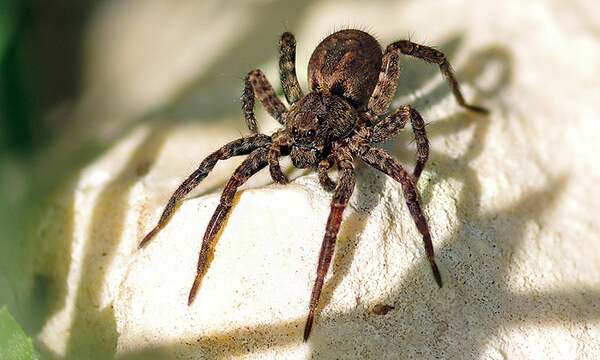
Praying Mantises: Praying mantises are famous for their ambush hunting tactics. These insects patiently wait for unsuspecting herbivores, such as butterflies, bees, and other plant-feeding insects, to come close. With lightning-fast reflexes, the mantis snatches the prey with its powerful forelegs and devours it.
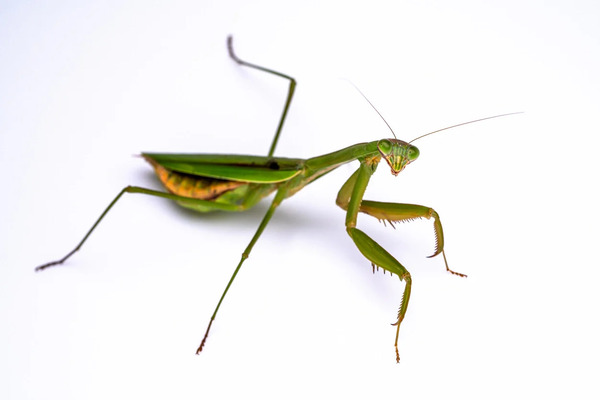
Ants: Certain species of ants are formidable hunters. While many ants are scavengers or farmers (like leafcutter ants), some hunt herbivorous insects such as caterpillars, aphids, and even larger prey like grasshoppers. Army ants, for instance, form massive colonies that can overpower and consume herbivorous animals in large numbers during their raids.
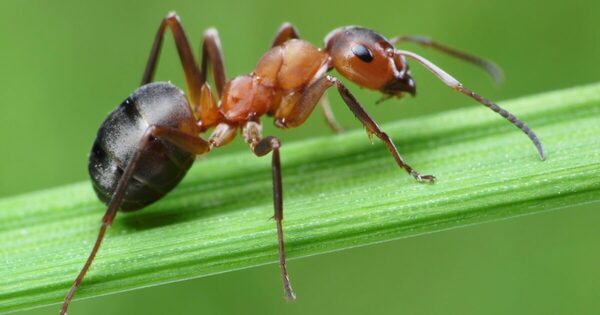
Dragonflies: Dragonflies are agile and fast-flying predators that primarily hunt other flying insects, including herbivorous ones. Their aerial acrobatics allow them to capture prey mid-flight, including plant-feeding insects like aphids or small butterflies. Dragonfly larvae, which live in water, are also effective hunters, preying on aquatic herbivorous insects.
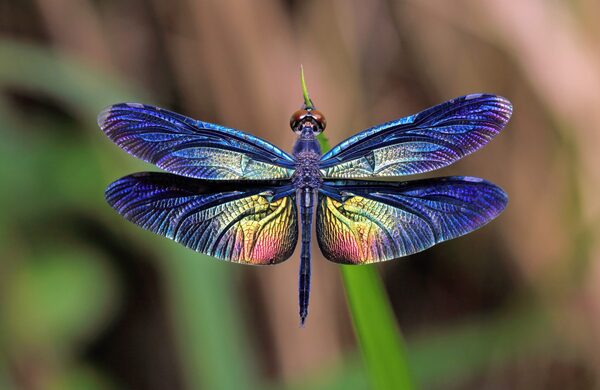
Beetles: Some species of beetles are carnivorous and hunt herbivorous insects. For instance, ladybugs are known to feed on aphids, tiny sap-sucking insects that damage plants. Ground beetles are another example, as they prey on herbivorous caterpillars and slugs, both of which can be harmful to crops.
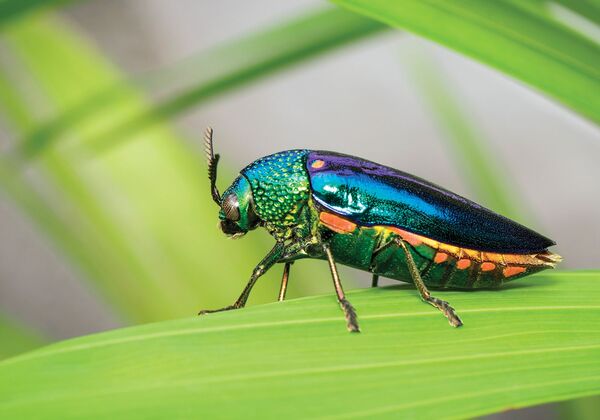
The primary reason arthropods hunt herbivorous animals is to obtain protein and other nutrients necessary for their survival. Herbivores often contain valuable nutrients that predators need to grow, reproduce, and maintain their energy levels. While herbivores get their nutrients from plants, predators like arthropods can indirectly gain these plant-derived nutrients by eating herbivores.
Additionally, many herbivorous insects, such as caterpillars and aphids, are plentiful and often form large populations. This makes them an abundant and reliable food source for predators, including arthropods. In ecosystems, predators and prey, including herbivores, maintain a delicate balance that helps regulate population sizes and keeps the environment healthy.
Arthropods have developed several adaptations to help them capture and eat herbivorous animals. Here are some key strategies:
Venom: Many spiders and some insects, like wasps, use venom to subdue their prey. The venom can paralyze or kill the herbivorous insect, making it easier for the predator to consume it without a struggle.
Speed and Agility: Arthropods like mantises and dragonflies rely on speed and precision to capture fast-moving herbivores. Their sharp reflexes and excellent vision allow them to track and catch prey quickly.
Camouflage and Ambush: Some predatory arthropods use camouflage to blend into their surroundings, waiting patiently for unsuspecting herbivores to come close. The praying mantis is a master of this technique, remaining still among leaves and flowers until the right moment to strike.
Specialized Mouthparts: Many predatory arthropods have adapted mouthparts designed for piercing, slicing, or chewing their prey. For example, spiders use specialized fangs to inject venom and liquefy their prey's insides, while beetles may have strong mandibles for crushing and eating other insects.
Arthropods that eat herbivorous animals play an important role in maintaining the balance of ecosystems. For instance, by controlling the population of herbivores like aphids, caterpillars, and grasshoppers, they help protect plants from overgrazing. If these plant-eating insects were left unchecked, they could cause significant damage to vegetation and crops, leading to imbalances in the ecosystem.
In agricultural settings, predatory arthropods are often considered beneficial because they act as natural pest controllers. Ladybugs, for example, are introduced in gardens and farms to control aphid populations, reducing the need for chemical pesticides.
While many people may think of arthropods as primarily feeding on plants or scavenging for food, some species are highly skilled predators that hunt herbivorous animals. Spiders, ants, mantises, dragonflies, and beetles are just a few examples of arthropods that have evolved specialized behaviors and adaptations for hunting and consuming plant-eating prey. These predatory arthropods play a vital role in ecosystems by helping control herbivore populations and maintaining ecological balance.
In the fascinating world of arthropods, nature has crafted a wide array of survival strategies, and the ability of some arthropods to eat herbivorous animals is just one more example of their incredible diversity and adaptability.
animal tags: Beetles
We created this article in conjunction with AI technology, then made sure it was fact-checked and edited by a Animals Top editor.